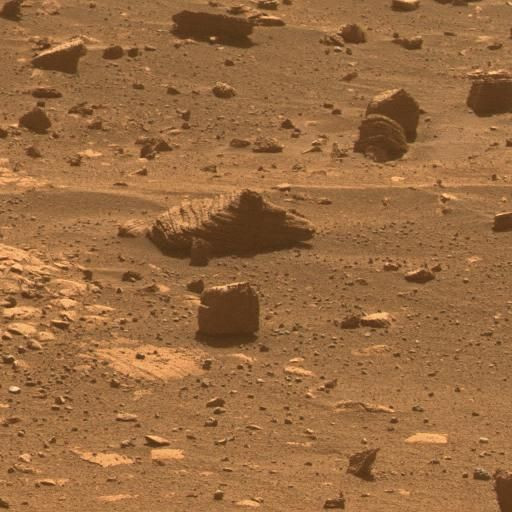NASA Finds Signs Of Life: ‘It’s What We’ve Been Waiting For,’ Scientists Say

NASA’s search for life outside Earth recently had a major breakthrough when its Curiosity rover stumbled on an unusual patch on planet Mars that registered high amounts of methane gas.
Methane is usually associated with organic microbes, and it may be the first real evidence that life could be lurking somewhere beneath the Red Planet. “This is what we have been waiting for. The data is still to be analyzed, and not all of it has reached Earth yet. But we are very excited,” Marco Giuranna of the National Institute for Astrophysics in Italy, who leads the team that measures methane gas on the Mars Express probe, said.
The spike in methane gas was measured last Thursday at the Gale Crater and is considered to be the highest amount ever discovered on the Red Planet. IBTimes earlier reported that methane gas is a byproduct of microbes called methanogens which survive in rocks found deep underground on Earth. The gas can also be produced via geothermal reactions. Some scientists believe that methane gas that was discovered in Mars is ancient gas trapped back when the planet was still young.
But based on last week’s discovery, there’s a big chance that the methane discovered could have been from living microbes since methane escaping into the atmosphere usually dissipates because of the sunlight and chemical reactions brought about by Mars’ weak atmosphere.
According to Guiranna, his team now has a very unique and exciting opportunity to advance their research on methane gas on Mars and eventually prove that there’s life on the Red Planet.
The scientist said that Mars Express just happened to have its spectrometer within the area of Gale Crater for an extended period, along with a satellite called the Trace Gas Orbiter. The satellite is equipped with two instruments that are capable of detecting methane and analyzing gathered data.
“This is the first time we have Trace Gas Orbiter observations so close in time and space from the detection of methane on Mars. This is a unique opportunity to check this detection with four different instruments,” Giuranna said.
NASA’s Curiosity, on the other hand, will be following-up air-sampling experiments on Mars. It might need more time, however, to gather all important data and come out with a conclusive result.
© Copyright IBTimes 2024. All rights reserved.











